Director's Corner
Well, it’s that time again! We’re still asking each other how it is that days fly by, especially now that the 2023 legislative session has wrapped up, sun is out, and summer is right around the corner!
Last month I signed off by sharing our wondering about how the Commission was going to fare in the budget process. We were crossing our fingers, toes, and appendages in hopes that our budget requests were granted. Well, I’m here to report happy news: we were funded for an outreach team of 4 and a part time office assistant to help with ever-growing administrative tasks that will only increase with staff growth! We were also funded to support a youth gang-prevention pilot happening in Skagit County, and for a follow up study to the 2008 education opportunity gap study in our Latine community.
Our sincere gratitude goes out to our Commissioners, community partners, our policy and budget consultants, and the House and Senate for being part of this huge win.
We have A LOT of work ahead of us, especially in the month of May and June as we onboard folks (hopefully!) starting July, and we kick off the contracting process for the pilot and study. We’ll keep you updated as we post job recruitments and introduce you to our new teammates.
¡Adelante!
María Sigüenza
Final state budget agreement boosts funding for students, workers, behavioral health, housing, climate action
Budget leaders in the Washington State Legislature announced an agreement today on a $69.3 billion, two-year budget to fund critical state services, including behavioral health, public schools, affordable housing, and a historic investment to address the climate crisis.
The two-year operating budget adds roughly $4.7 billion in new spending, leaves $3 billion in total reserves, and does not rely on any new general taxes or fees. It also maintains the services expanded using federal funds during the pandemic that protected vulnerable Washingtonians.
For more information:
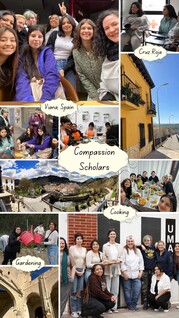
As a young leader, student, and working professional, I hold the value of a support network near and dear to my heart. Through the Compassion Scholars program I am able to support students as a mentor. This year we visited Viana, Spain. During this trip, we discussed urgent issues regarding immigration and refugees. By the end of the trip, students are required to develop their own service projects. I will help them navigate pathways, visualize possibilities and inspire them to leap.
We visited the Cruz Roja, nonprofit organizations, took a walking tour of Logroño, volunteered at the community garden. Students did a podcast recording, learned how to cook traditional España food from Ms. Carmen, visited the Torrenchilla Immigration Museum. We ended our trip at the culture arts fair festival in Viana.
The student I am paired up with is a senior from Grandview Highschool. Her service project will be centered on informing Hispanic/Latine students and families in the Yakima Valley about FAFSA/WASFA. We also plan to discuss postsecondary education as early as middle school.
We are currently seeing a decline in students enrolling in postsecondary education. In fact, the largest decline in direct enrollment was among Hispanic or Latino students in Class of 2021. In total, the direct enrollment rate was 14 percentage points lower for Hispanic or Latino students in the Class of 2021 than before the pandemic, a considerably larger decline than all other racial groups.
With our service project, we want to inform parents in their native language about the process of FAFSA/WASFA and the importance of higher education/technical college/internships. We want to be in person to inform parents and students about grants, scholarships Washington State offers to help students transition from high school to postsecondary education.
We are excited to be back and start solidifying ideas for our service project. Stay tuned for more!
|
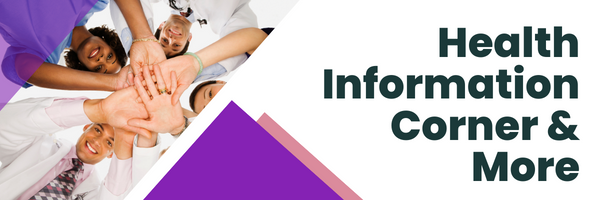
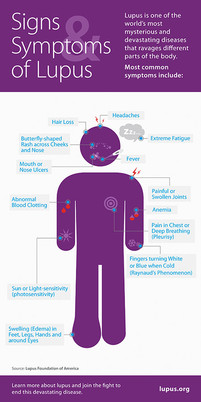
Gender, Ethnicity and Lupus, A Look at the Lumina Study
Updated on March 31, 2022
While systemic lupus erythematosus (SLE) affects men and women of all ages, the scale shifts heavily toward women—and even more so towards minorities. There are several leading factors, details of which continue to reveal themselves through a groundbreaking report called "Lupus in Minorities: Nature Versus Nurture," or the LUMINA study.
Recap: Who Gets Lupus
According to the Lupus Foundation of America, out of the 1.5 million Americans affected with some form of lupus, 90% of those diagnosed are women, the vast majority of whom are between 15 to 45 years old. However, anywhere between 4% and 25% of lupus patients have late-onset lupus, which can occur after age 50.
Furthermore, according to the CDC, lupus is two to three times more prevalent among people of color, including African Americans, Hispanic people, Asians, and American Indians. In minorities, lupus often presents much earlier and with worse than average symptoms as well as a higher death rate. Specifically, the death rate of people with lupus is nearly three times higher for African Americans than whites.1
The CDC further reports there is an increased prevalence of kidney problems as well as cardiac disease in Hispanic women with lupus and an increased incidence of such as seizures, stroke, and swelling of the heart among African-American women with lupus.
The question is, why such disparity?
The LUMINA Study
In 1993, medical researchers set out to determine why there was such disparity between lupus in Whites and lupus in people of color. Those researchers focused on the question of nature versus nurture. The result was The LUMINA Study.
The LUMINA Study was a multiethnic United States early cohort, meaning researchers studied various ethnicities—in this case, African-Americans, Caucasians, and Hispanics—from the United States who were diagnosed with lupus for 5 years or fewer. A cohort study is a form of longitudinal study used in medicine and social science.
Some nurture factors related to disparity among study participants included the following:
- Communication barriers (such as language differences)
- Lack of access to care
- Lack of healthcare coverage
- Lower income levels
What researchers discovered early on was that genetic and ethnic factors, or nature factors, play a larger role in determining lupus prevalence than socioeconomic nurture factors. Furthermore, the study suggests that genetics may be the key that unlocks the reason why lupus affects African Americans and Hispanic women more than other people of color.
|
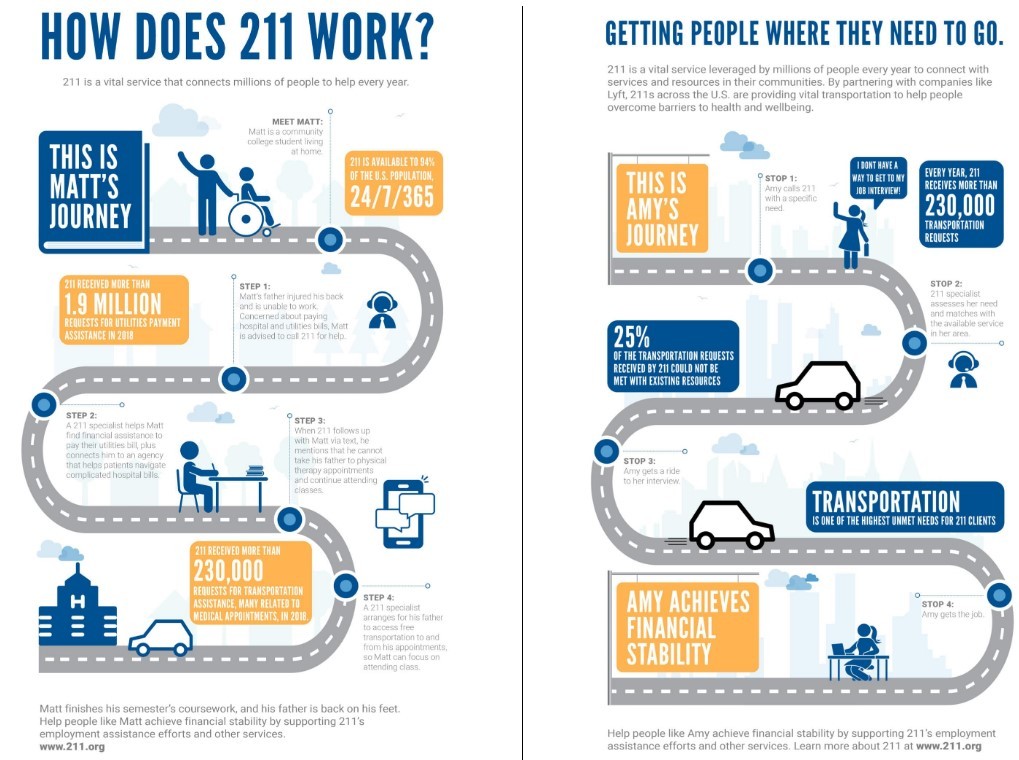 What is 2-1-1
2-1-1 is a free confidential community service and your one-stop connection to the local services you need, from utility assistance, food, housing, health, child care, after school programs, elder care, crisis intervention and much more. 2-1-1 is always ready to assist you in finding the help you need. Dial the three digit number 2-1-1 on your phone or find Help here. If you are outside of Washington or have a problem dialing the number 2-1-1, please dial 1-877-211-9274.
How 2-1-1 Works
Dial 2-1-1 from anywhere in Washington State and you will reach a highly-trained information and referral specialist who will assess your needs and provide a list of referrals to available resources in your community. Washington 211 has a database of over 27,000 resources to help you find the right services. Referrals are usually given over the phone or can be emailed or text to you. In crisis situations a warm transfer can be made directly to crisis specialists or 9-1-1. TTY for the deaf and hard of hearing and interpreter services are also available in 140+ languages.
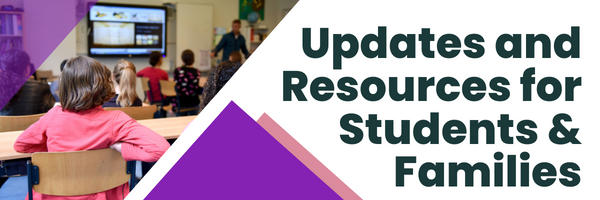 New Data Shows Sharp Decline in Students Moving Directly from High School to College
Over the past decade, Washington’s high school graduation rate has steadily increased, but the proportion of the state’s graduates who enroll directly in college has not. The direct enrollment rate that once hovered around 60 percent dropped to 50 percent during the COVID-19 pandemic. Declines in the direct enrollment rate varied by race, which could further exacerbate existing racial inequities in postsecondary enrollment.
Washington’s direct enrollment rate is lower than the national average, and the decline in direct enrollment was more significant than the national trend. In 2020, the national direct enrollment rate fell by 3 percentage points (from 66 percent in 2019 to 63 percent in 2020), compared to a decline of 8 percentage points in Washington (from 59 percent to 51 percent).
Other nearby states also experienced enrollment decline during the pandemic. California’s direct enrollment rate fell by about 2 percentage points in 2020 (from 65 percent in 2019 to 63 percent in 2020) and Idaho’s direct enrollment rate fell by 7 percentage points (from 46 percent to 39 percent). (Note: national data and state data for California and Idaho define “direct enrollment” as occurring by the fall following high school graduation. Washington’s direct enrollment rate includes enrollment within one year of high school graduation.)
A new Research Spotlight from the Washington Student Achievement Council (WSAC) describes how the pandemic took a significant toll on direct enrollment in the state. Key findings include:
- Washington’s direct enrollment rate dropped 9 percentage points between 2019 and 2021, a sharp departure from the previous decade of stagnant direct postsecondary enrollment in the state.
- Direct enrollment in two-year institutions declined more than direct enrollment in four-year institutions.
- Hispanic or Latino students experienced the largest decline in direct enrollment, from 54 percent in 2019 to 40 percent in 2021.
The full Research Spotlight can be found on the WSAC website.
Other Important News

The Washington state Small Business Liaison Team (SBLT) is working together with trusted community
organizations to support and connect with Latino business owners and entrepreneurs. These workshops
will create an opportunity for business owners to learn about state requirements, inform business owners about the business programs and services provided by multiple state agencies. Our goal is to build trust by providing all the information in Spanish, in person, in a safe space and at a time that is accessible.
The workshops sponsors are Employment Security Department, Department of Enterprise Services, Labor and Industries, Office of Regulatory Innovation and Assistance, Department of Revenue Department of Commerce.
Upcoming Workshops
May 11, 2023, at Mi Centro Tacoma
|
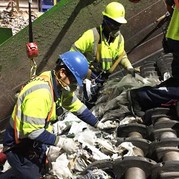
No bags in the bin! Plastic bags contaminate recycling system
New Recycle Right campaign urges Washingtonians to not bag their recyclables
Plastic bags are one of the largest sources of contamination in Washington’s residential recycling stream. These bags can clog recycling machinery, contaminate other recyclable materials, and lead to more potentially recyclable material ending up in the landfill.
How big a problem is it? According to a Washington Department of Ecology survey, 20% of residents put their recyclables in plastic bags before placing them in a curbside recycling bin. A new statewide “Recycle Right” initiative led by Ecology provides education on how everyone can pitch in to improve our recycling system.
|

DOL Survey
We are seeking feedback to improve our engagement and outreach to vulnerable communities. The survey takes about 5 minutes to complete and is anonymous. Please feel free to share the survey with others. All feedback is welcome!
|
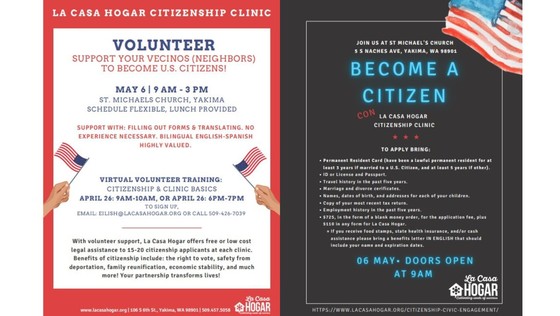

This year theme is: The children behind the food we eat. Submissions will be accepted until July 15, 2023. More Information.
|
|